The book covers the basic issues related to quality management. The essence of quality and its definition were explained, the development of quality management was presented from the perspective of the most important quality pioneers in the world. The well-known and recognized quality management standard, ISO 9001: 2015, was presented. The requirements of this standard have been thoroughly discussed with many practical examples. Much attention has been paid to the role of improvement, which is undoubtedly the foundation of quality management and can be reflected in many models and philosophies such as TQM or Kaizen. The essence of standardization of activities in enterprises was shown, stressing its undoubted advantages and the undisputable necessity for its implementation. To benefit from continuous improvement, the quality management methods and tools have been introduced – selected methods such as FMEA, QFD, SPC, Global 8D, and 5S were discussed, and seven traditional and seven new quality management tools were characterized.
Anna Mazur
Educator and trainer with twenty years of experience in the field of management systems as well as auditing and assessment of management systems in enterprises of various industries. Author of a number of studies related to planning, implementation, and evaluation of the functioning of management systems in organizations. Reviewer in national industry magazines. She carries out numerous projects and training for enterprises in the field of implementation and auditing of management systems and the use of quality management methods and techniques. She acts as an expert in the implementation, maintenance, and improvement of quality management systems.
Contents
Introduction 7
1. The concept of quality and quality management 9
1.1. The essence of quality 9
1.2. The development of quality management 17
1.3. The precursors of quality management 23
2. Quality management system according to ISO 9001:2015 37
2.1. General information on quality management system 37
2.2. The context of the organization 39
2.3. Leadership 44
2.4. Planning 51
2.5. Support 61
2.6. Operation 65
2.7. Performance evaluation 82
2.8. Improvement 96
3. The role of standardization actions in enterprises 101
3.1. Goals and principles of normalization 101
3.2. Standardization 103
3.3. Standardization in enterprises’ operations 104
4. The role of improvement in managing the organization 111
4.1. The essence of improvement 111
4.2. The concept of total quality management 116
4.3. The concept of Kaizen 121
5. Quality mangement methods and tools 127
5.1. Introduction to quality management methods and tools 127
5.2. Selected quality methods 130
5.2.1. FMEA – Failure mode and effects analysis 130
5.2.2. QFD – Quality Function Deployment 141
5.2.3. SPC – Statistical Process Control 146
5.2.4. Global 8D 154
5.2.5. 5S 163
5.3. Selected quality tools 172
5.3.1. 7 traditional and 7 new quality tools 172
5.3.2. Process Flow Diagram (flowchart) 172
5.3.3. Ishikawa Diagram 176
5.3.4. Pareto Chart 178
5.3.5. Control Chart 181
5.3.6. Check Sheet 187
5.3.7. Histogram 189
5.3.8. Scatter Diagram 192
5.3.9. Affinity Diagram (KJ Method) 193
5.3.10. Relationship Diagram 195
5.3.11. Matrix Diagram 198
5.3.12. Matrix data analysis 200
5.3.13. Arrow Diagram 202
5.3.14. Tree Diagram 203
5.3.15. Process Decision Program Chart (PDPC) 204
Bibliography 207

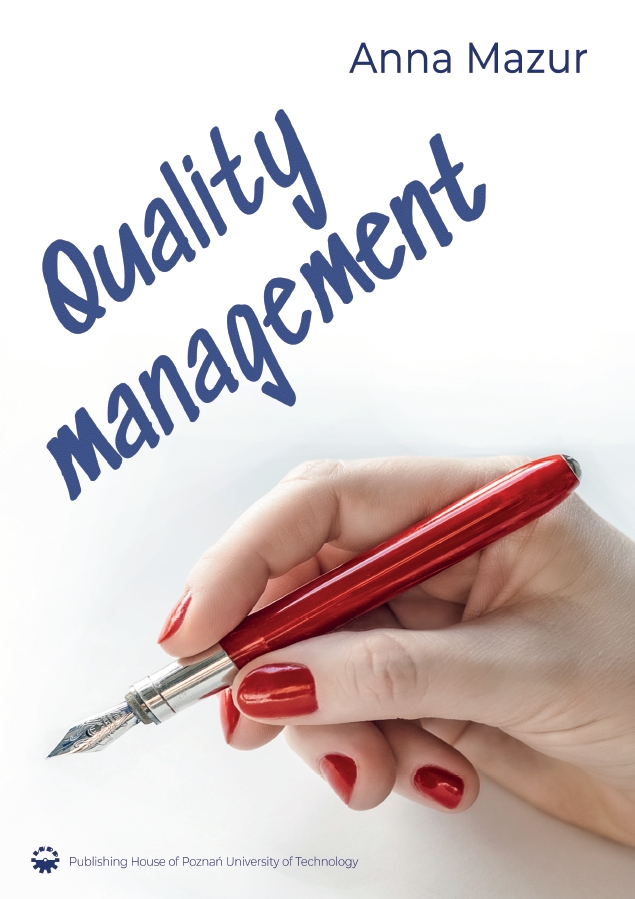
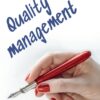
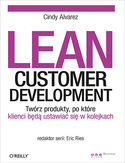
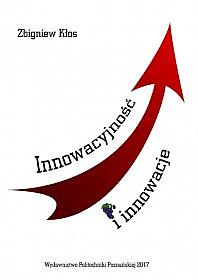

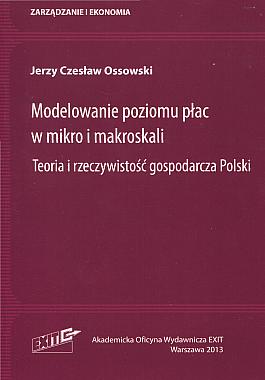

Opinie
Na razie nie ma opinii o produkcie.